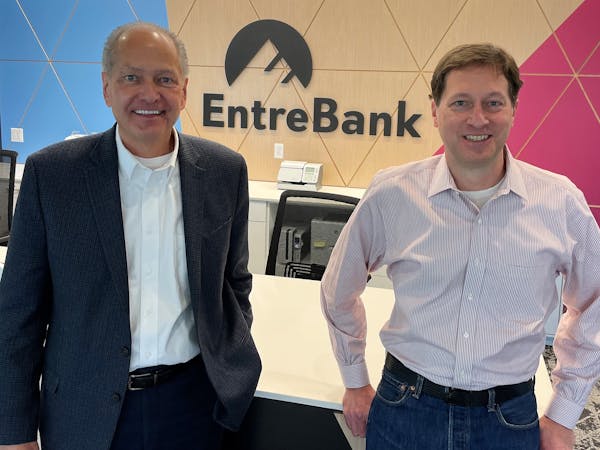Gov. Tim Walz and the Democratic leaders in the House and Senate plan to raise the state's 2024-25 budget by more than 30% over the $52 billion of 2022-23.
If you are one of the Minnesotans instantly triggered by any reminder of the state's high-tax, big-government structure, you've probably been in an ICU since that "budget framework" was announced March 21.
Even if you're more comfortable with the state as it is, it's still perfectly natural to tilt your head and take a deep breath at that figure.
Their plan includes returning about $3 billion in tax rebates, which means the final spending jump will probably be around 27%. That would still be the biggest increase in two-year spending since 1978-79.
It's also strange to see legislators doing this just when the broader economy may be close to recession. But this is how Minnesota's state finances work, a step behind the rest of us.
News accounts portrayed Democrats as winning the "trifecta" when they got control of the Senate and retained the House and governor's office in November's election. However, they're able to pursue their spending ambitions because they hit a different trifecta.
The election outcome was the first part of this other trifecta. The second was the fortunate timing of a windfall in the state's tax collection. And the third was the even more fortunate condition of the state's finances.
Because of the second two parts of the trifecta, Democrats can gamble with relatively less risk to the state's finances if revenue expectations for the next few years are missed.
The windfall is the widely discussed $17 billion budget surplus. It fits a longtime pattern. Minnesota's government fiscal cycle trails its business cycle by about a year.
In 2021 and 2022, the state came roaring back from the pandemic, lifted by a surge of industrial production and consumer spending after businesses and individuals lowered or wiped out debt during 2020's slowdown. Tax collection surpassed expectations by 20%, yielding the surplus.
It's plain to see this pattern on a "historical expenditures" document, which accompanies each new forecast from the state budget office.
"That's a quirk of the way we do taxation in Minnesota," Louis Johnston, economist at the College of St. Benedict and St. John's University, said. "We're heavily geared toward the income tax and we end up exaggerating both the downs and the ups of the cycle as a result."
For instance, when recession hit in 1980, the state budget took a hit in 1981. It had a snapback in 1982 that followed the economy's slight recovery in 1981. But when recession deepened in 1982, the state's spending in 1983 experienced the biggest one-year drop in the modern record, a 17% decline.
The latest surplus arrived after a decade when leaders had gotten the state's finances shored up following the effects of two recessions in the 2000s. This spring's decision by lawmakers to put inflation adjustments back into the budget forecasting process was the final step of that long process.
So that's the set-up for the gamble. Walz and the legislative leaders propose spending the entire surplus, including the $3 billion going back to taxpayers to decide how to spend.
The Democrats are essentially betting on a forecast by the state budget office for tax collection in the coming two fiscal years, which is that it will rise by 1% on top of the surprising surge of the last two years.
If the current difficulties in the economy turn out to depress tax revenue, then look for an entirely different scene in St. Paul. Instead of people with hands out asking lawmakers for money as they are now, they'll be on their knees asking that their funding not be cut.
This could have been a moment when leaders decided to explore the volatility in the state's revenue structure and create ways to reduce it.
In a public TV appearance last weekend, Johnston refloated an idea he's long had that Minnesota should create an investment fund that regularly spins off dividends to be used for operating expenses.
About a dozen states have such funds, and many countries do. Minnesota has a model for such a fund in its school trust lands, 2.5 million acres of state-owned property that yield revenue from forestry and mining that is used for education.
"If we're really going to invest in our future, we need to think about doing programs that spread the benefits out for a long period of time rather than just one shot," Johnston told me last week.
It's during moments of financial strength when anyone — a government, business or an individual person — is in the best position to fix their vulnerabilities.
That opportunity is being missed right now as spend-it-while-you've-got-it thinking prevails at the Capitol.
Ramstad: Health care is a tough arena for AI to make a difference
Ramstad: Misinterpreting data led me to the wrong conclusion about Minnesota retirees
Ramstad: How Rochester is keeping its housing growth on track

Ramstad: Think retired people are leaving Minnesota? Think again.


